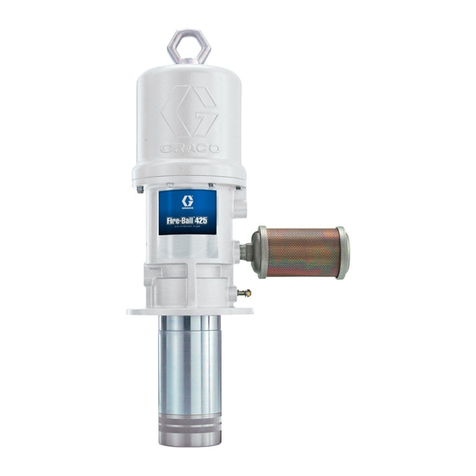Graco Husky 2150e Use and care manual
Other Graco Water Pump manuals

Graco
Graco E-Flo DCi User manual
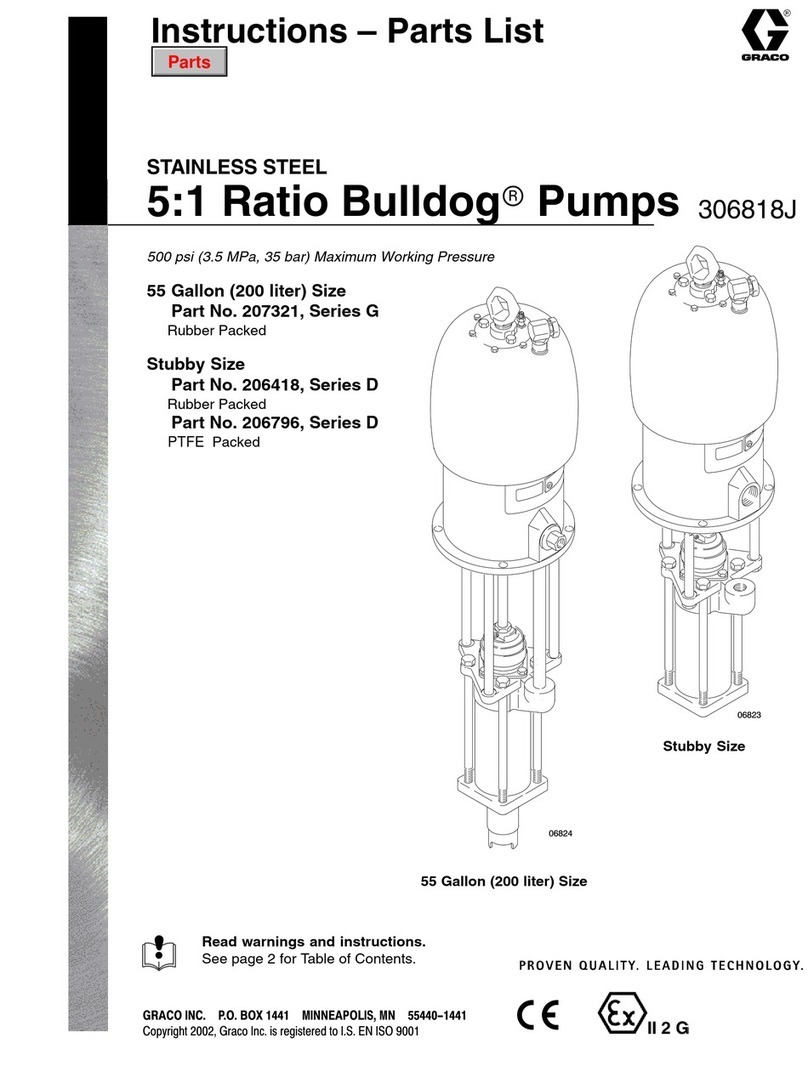
Graco
Graco 207321 Operation manual

Graco
Graco President 218747 Operation manual
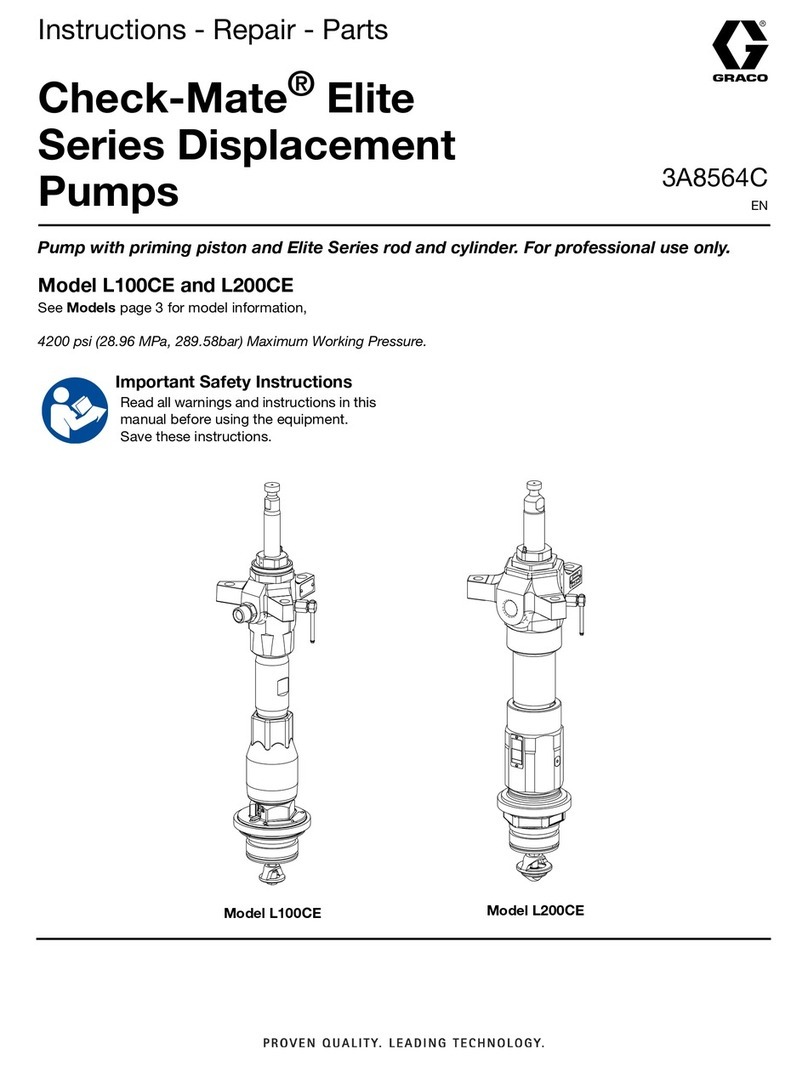
Graco
Graco Check-Mate Elite Series User manual

Graco
Graco 224342 Parts list manual

Graco
Graco SaniForce Parts list manual
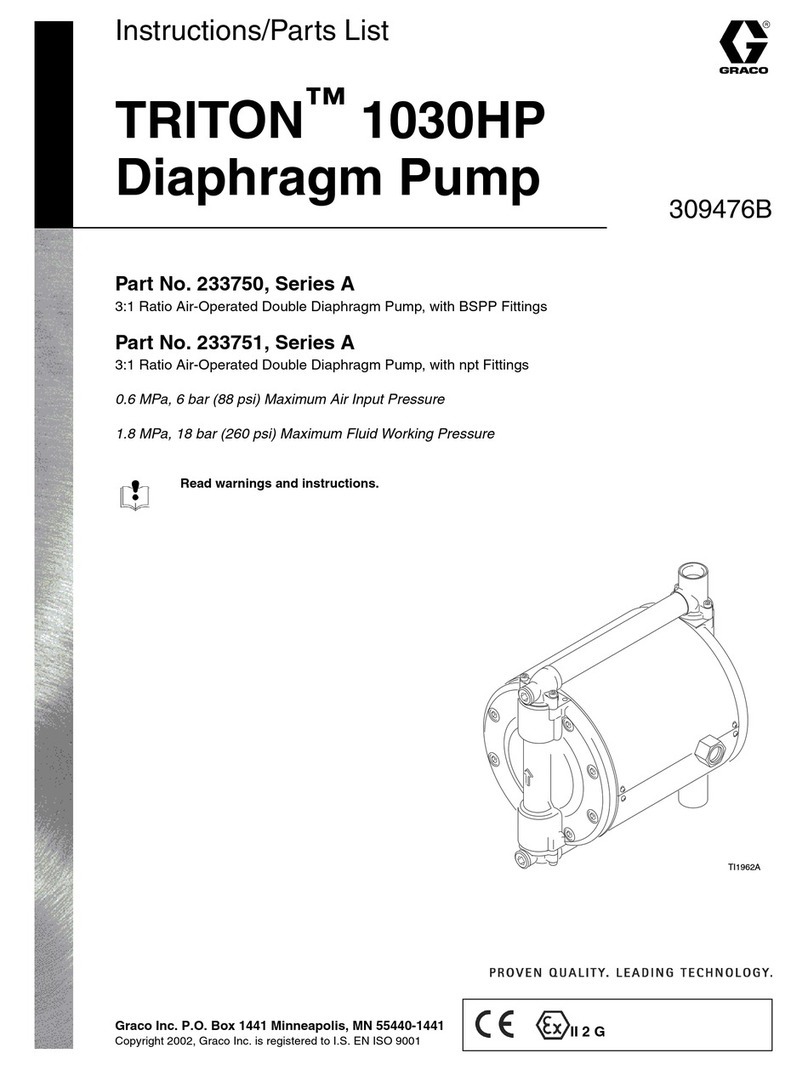
Graco
Graco TRITON 1030HP Operation manual
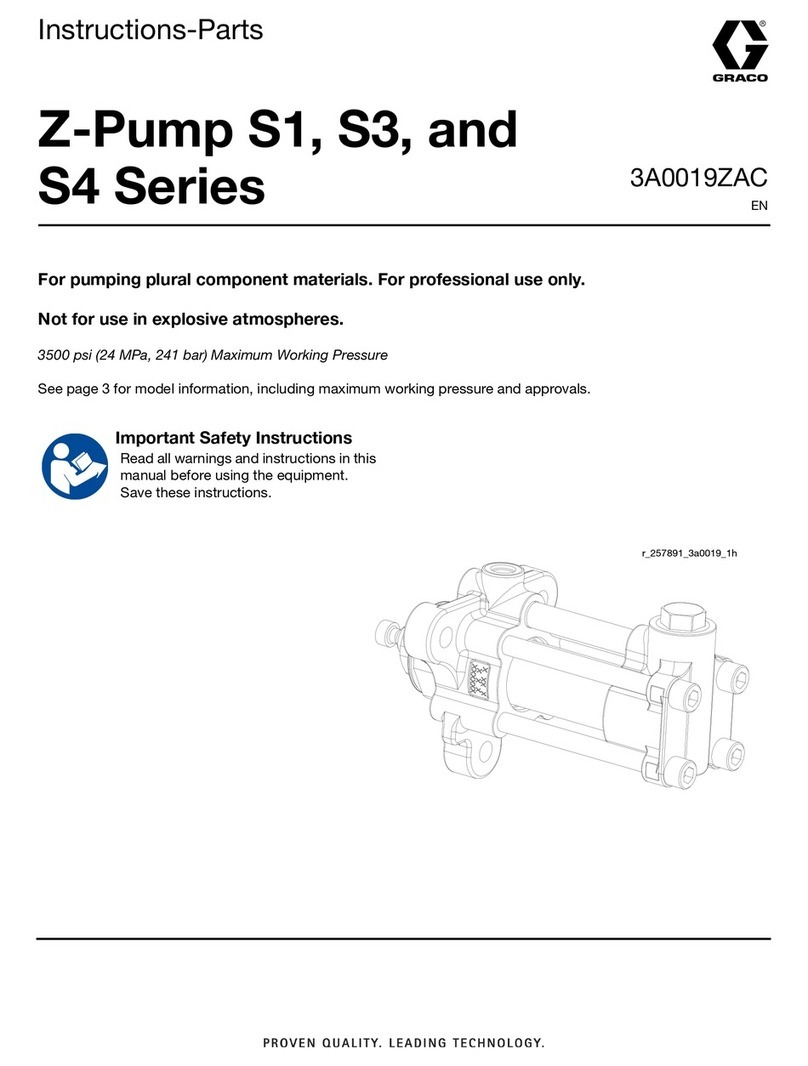
Graco
Graco Z-Pump S1 Series Parts list manual

Graco
Graco Husky 715 Operation manual
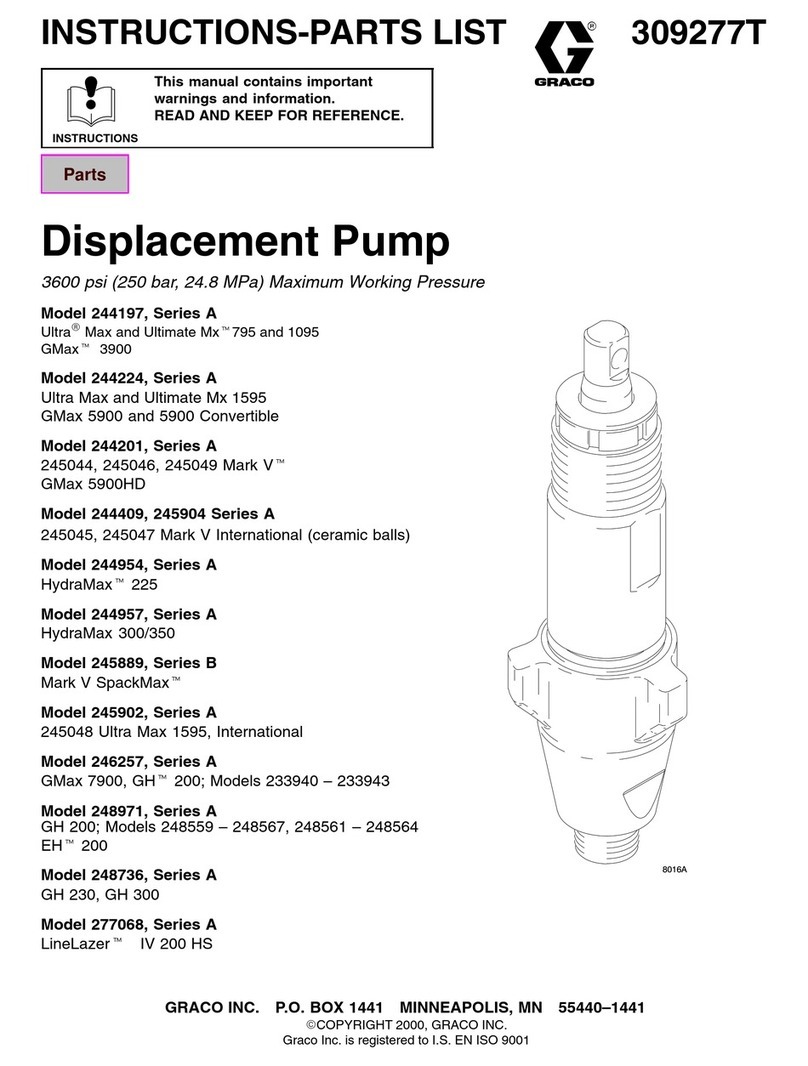
Graco
Graco Series A Operation manual

Graco
Graco herkules 338 User manual

Graco
Graco Husky 205 Operation manual
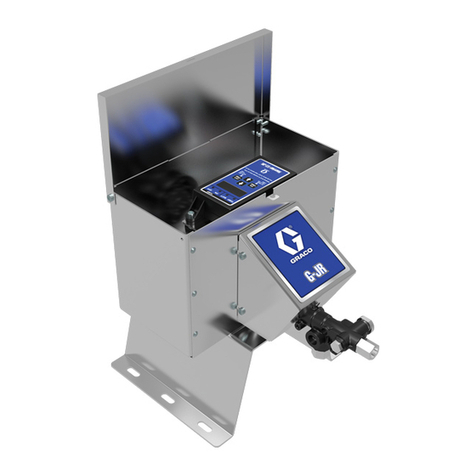
Graco
Graco G-JR Operation manual
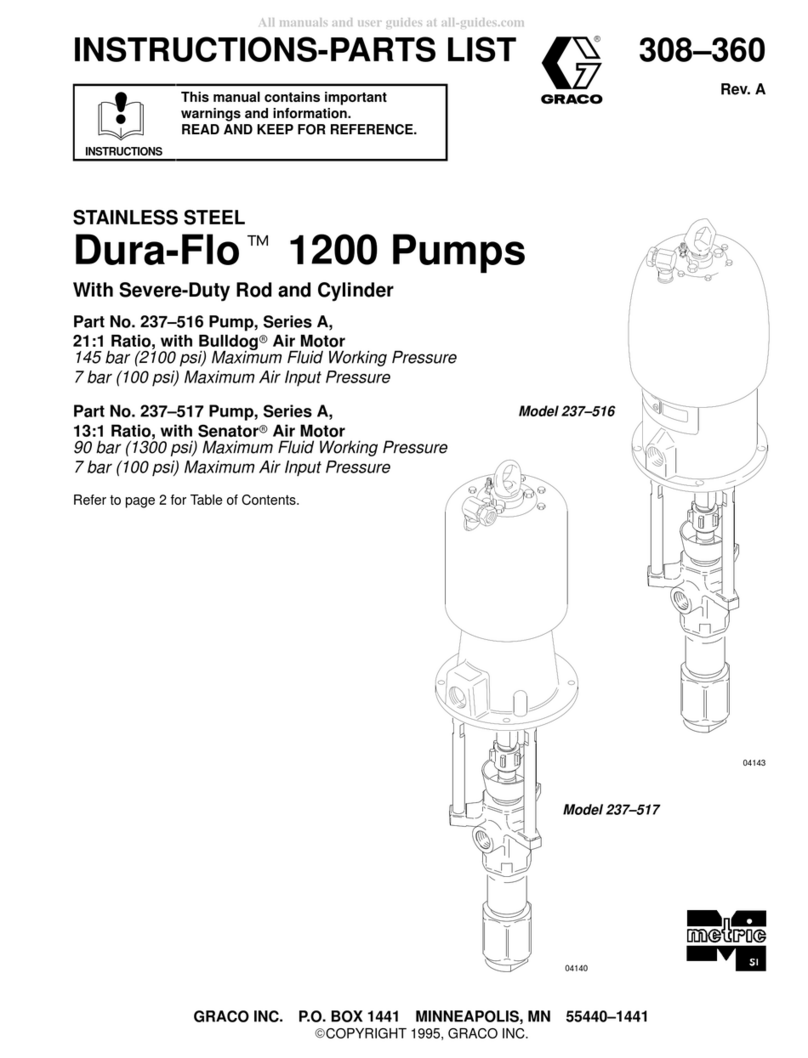
Graco
Graco Dura-Flo 1200 Bulldog 237-516 Operation manual
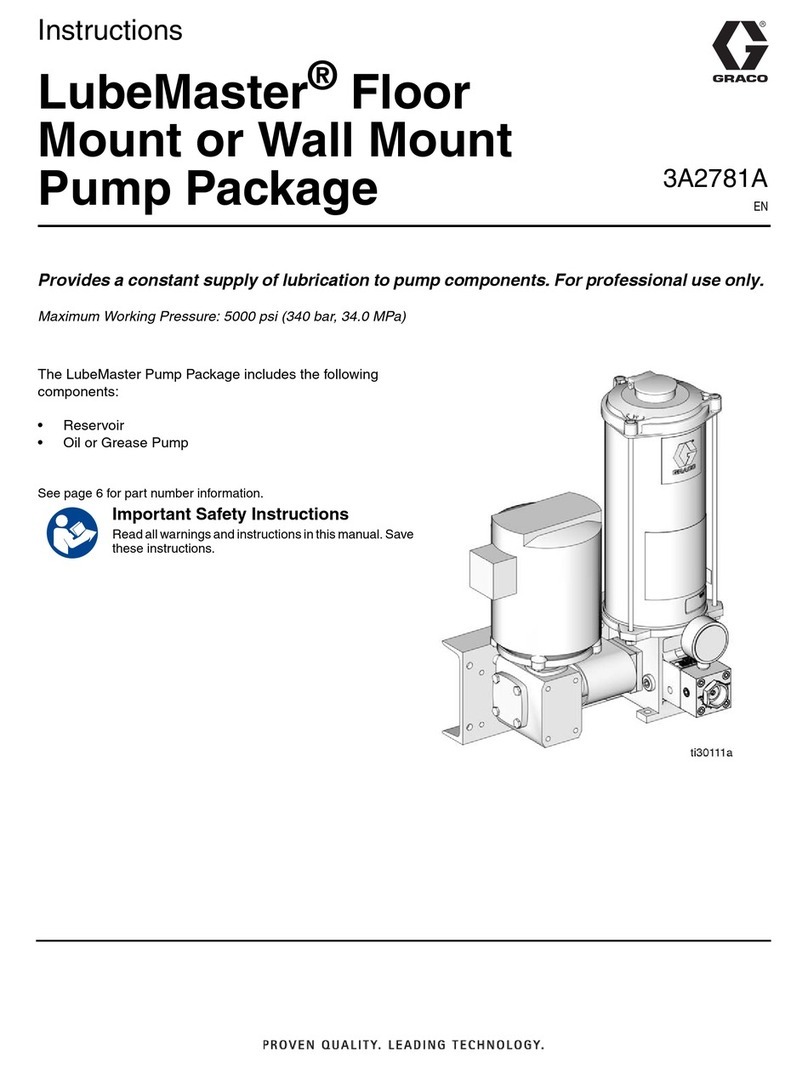
Graco
Graco LubeMaster User manual

Graco
Graco SaniForce 1040e Instruction Manual

Graco
Graco AGP-U100 User manual

Graco
Graco FALCON 244086 Operation manual
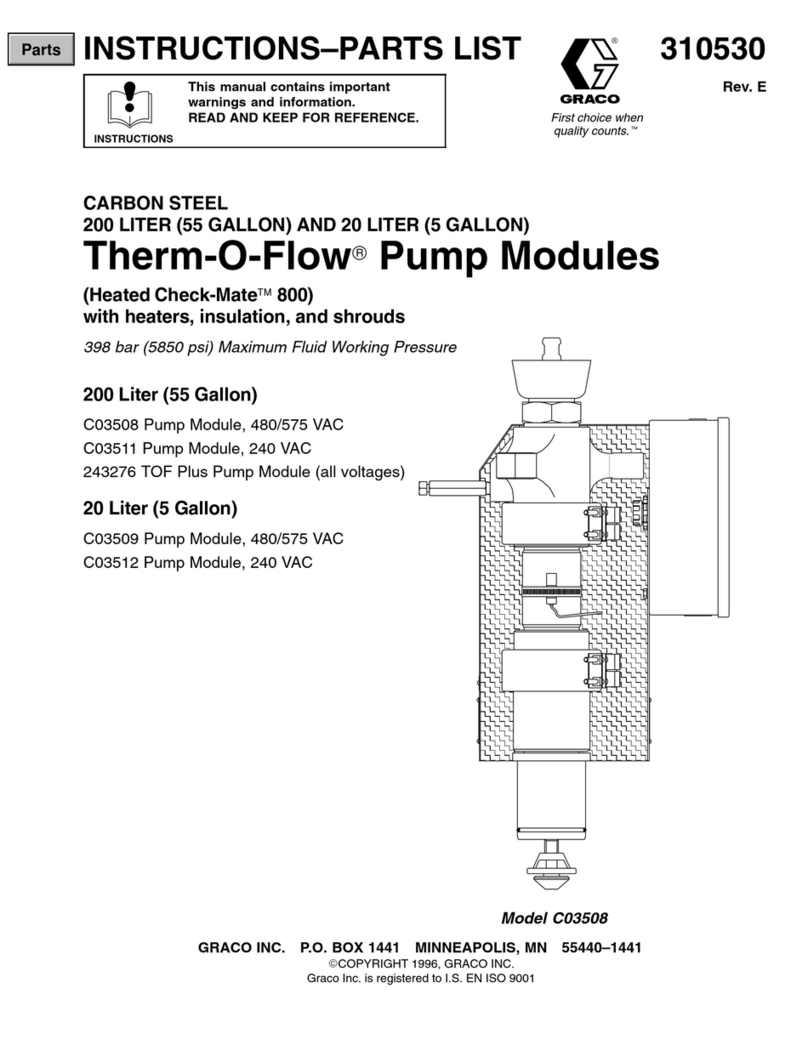
Graco
Graco Therm-O-Flow C03508 Parts list manual
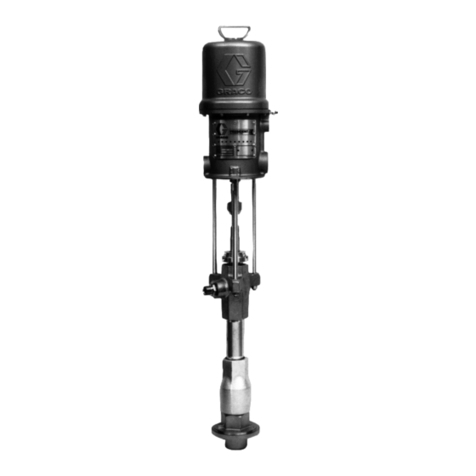
Graco
Graco Check-Mate 450 Operation manual
Popular Water Pump manuals by other brands

Fieldmann
Fieldmann FVC 5015 EK user manual

Everbilt
Everbilt EFSUB5-122HD Use and care guide

esotec
esotec 101018 operating manual

Becker
Becker BASIC VASF 2.80/1-0.AC230 operating instructions

Sykes AmeriPumps
Sykes AmeriPumps GP100M Operation and maintenance instructions

DUROMAX
DUROMAX XP WX Series user manual

BRINKMANN PUMPS
BRINKMANN PUMPS SBF550 operating instructions

Franklin Electric
Franklin Electric IPS Installation & operation manual

Xylem
Xylem e-1532 Series instruction manual

Milton Roy
Milton Roy PRIMEROYAL instruction manual

STA-RITE
STA-RITE ST33APP owner's manual

GÜDE
GÜDE HWW 900 GC Translation of the original instructions


